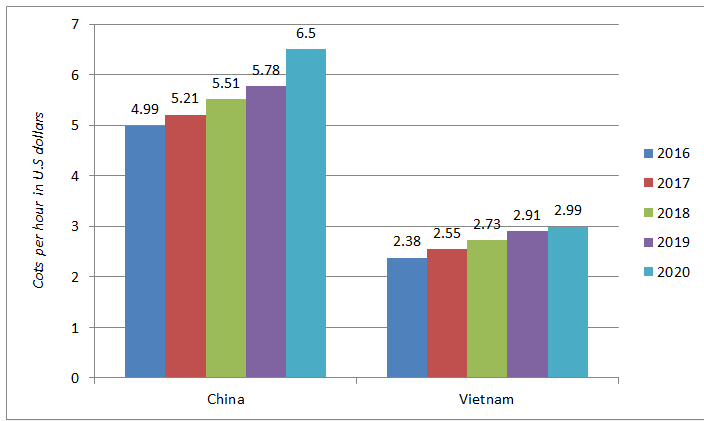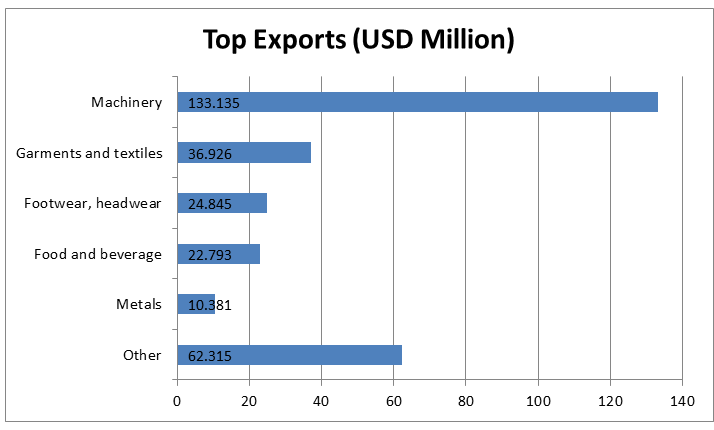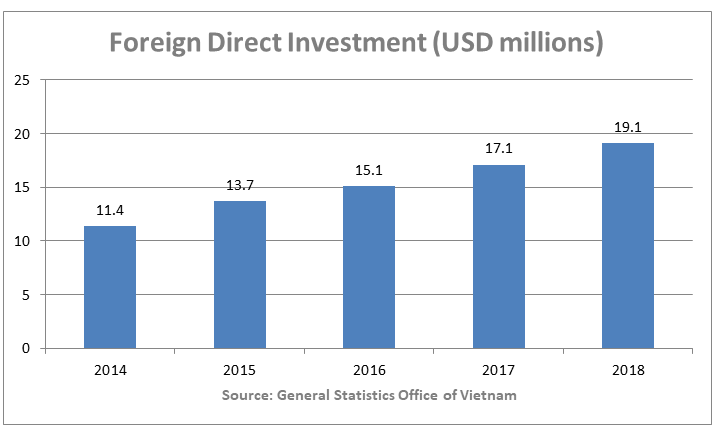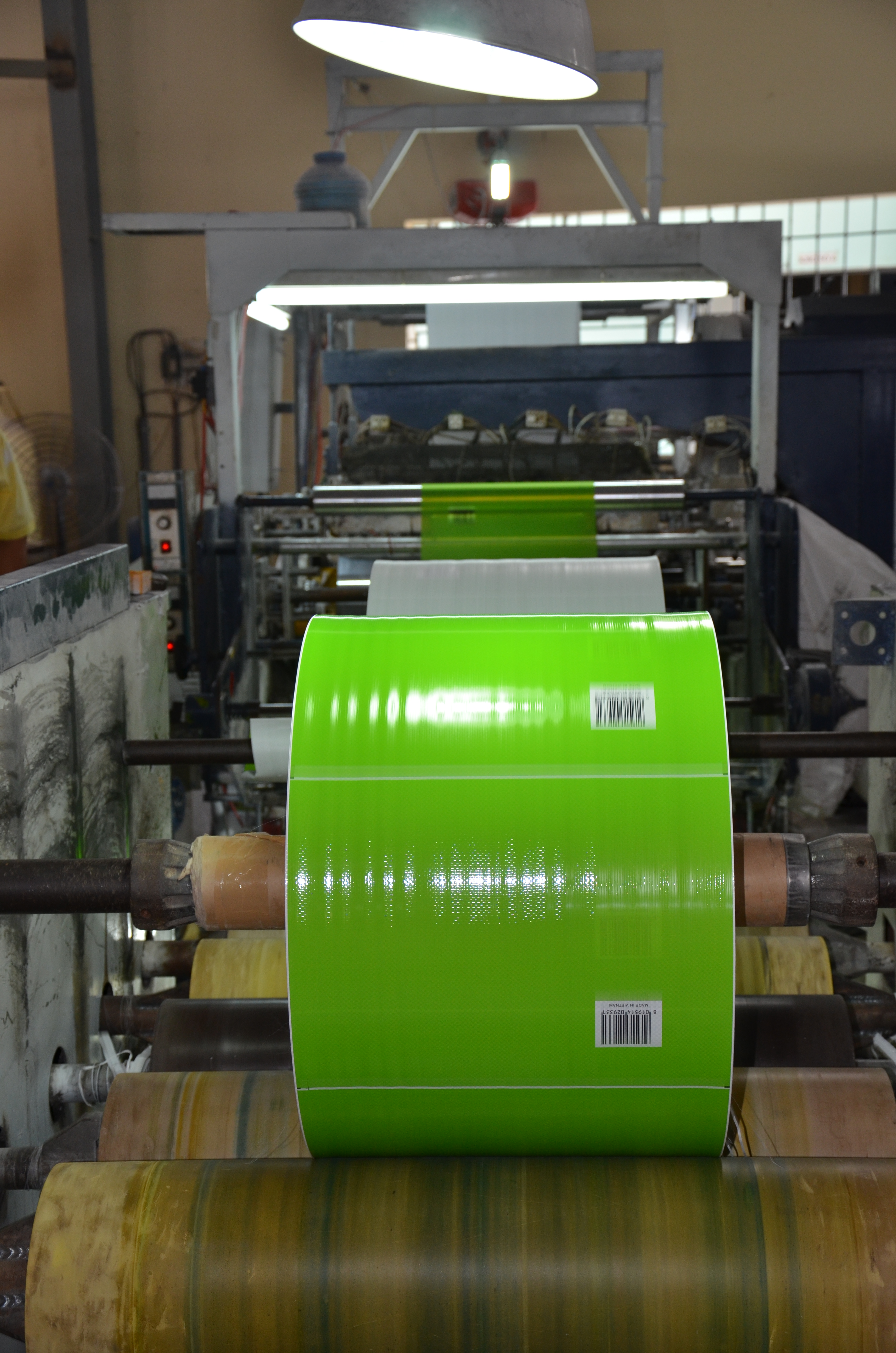China is regularly the primary spot that strikes a chord while talking about offshore manufacturing. However, in the middle of the U.S – China trade war, Vietnam has been becoming well known as a potentially lucrative choice. Below are some things you need to know about China vs. Vietnam
1. Cost
The following graph shows manufacturing labor costs per hour for China and Vietnam from 2016 to 2020

It is no surprise that Vietnam’s low labor costs are one of its most attractive features to importers. The wages of factory workers in China have increased in the last few years. When production processes depend on the actual labor force, production costs are more likely to be reduced in Vietnam, not in China.
2. Availability of capable manufactures for your product type
When relocating to Vietnam, the very first thing you should remember is whether you can actually manufacture your desired product there.
Importers who have experience in sourcing from China know it’s easy to find a supplier in China for just about any form of the product. At this point, Vietnam simply cannot give the degree of diversity that China can. Yet the manufacturing sector in Vietnam enjoys a higher degree of competition from sector than some other alternative sourcing destinations, such as Bangladesh and Cambodia.

The top exports in Vietnam include various types of machinery, garments and textiles, footwear and headwear, food and beverage, and metals.
3. Doing business in Vietnam
While China is experiencing growing restrictions and regulations against its manufacturing sector, the government of Vietnam is extremely aggressive in seeking free trade agreements worldwide. Vietnam has trade agreements with the EU (including non-full EU members Norway, Iceland, and Switzerland), South Korea, All-Southeast Asia, including ASEAN, Russia, and more, or is due to be completed soon. They are actively negotiating a revival of the TPP (without the US) and already have a Bilateral trade agreement that stops short of being full free trade with the US. The Trade and Investment Framework Agreement was signed by the US and Vietnam in 2007 and has been in effect ever since.

The increasingly changing regulatory climate in Vietnam has made it easier than ever to run a local company there.
4. Bureaucracy
Vietnam has a smaller bureaucracy compared to China, and less restriction on foreign direct investment. In addition, Vietnam has eliminated all restrictions on foreign ownership of production and fabrication facilities for several industries. More Vietnam has relaxed international ownership and investment limitations and regulations on hundreds of industries. For instance, Samsung has invested $17.3 billion over the past decade into building eight new factories and one R&D center in Vietnam.

Conclusion
Vietnam is acquiring manufacturing and learning experience. The government does a lot of good things to attract foreign investment and stabilizes the political situation. Getting Vietnam as a manufacturing choice, particularly for clothing, shoes, bags, furniture, and industrial machinery is therefore still a good idea.




